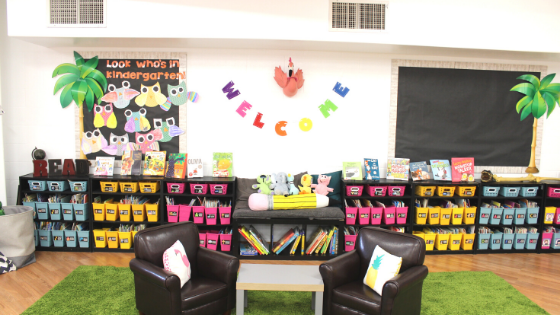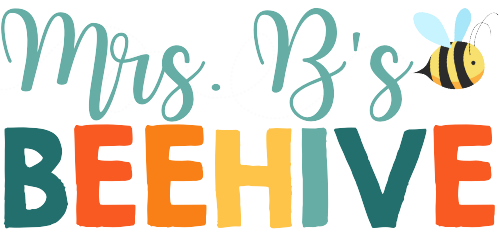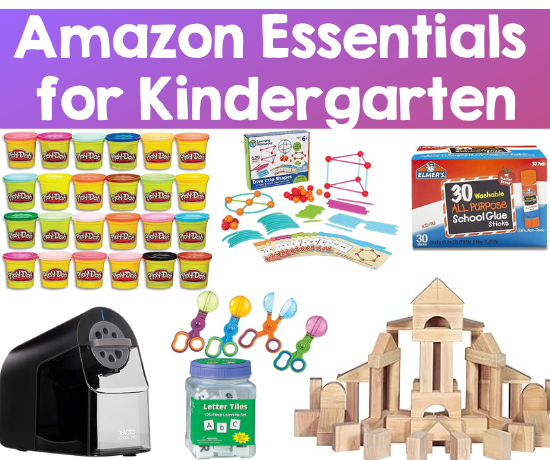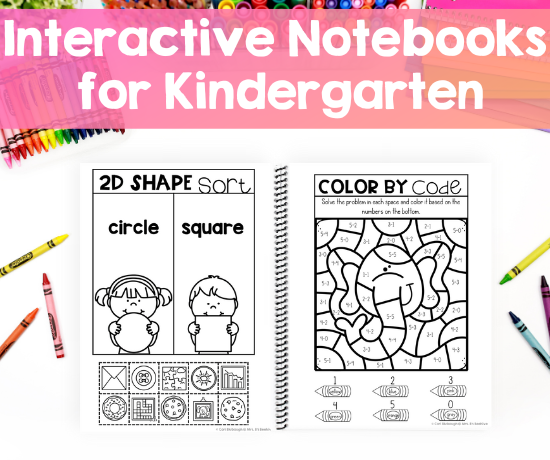I wish I had a picture of my very first classroom library to show you. There were approximately 30 books that had been passed down (unwanted) from the previous 3-4 kindergarten teachers. They had seen better days, but at least I had something.
I knew I wanted a stellar classroom library, but at the time I was making next to nothing and couldn’t afford to fill it up.
In this post, I’ll tell you how I went from those first 30 chewed up books to the thousands that I have today without spending (too much) of my own money.

1. Scholastic
A large portion of my library is thanks to Scholastic. Their books are reasonably priced and their points system is generous. Here are some tips to maximize your points:
- Send home notes to parents each month highlighting the good deals and classroom favorites.
- Go through the catalog with students to get them excited about the books.
- Create wish lists together (great writing practice)!
- Check out the tiered points system. Sometimes if I just added another $3 to my order I would bump up to the next points level and get 2500 more points which would get me 3-5 more free books.
- Refer other teachers in your school and get bonus points.
- Set-up your online account and make sure parents know your code for easy ordering.
- Remind parents 1-2 days before you are completing an order just in case they want to add something.
- Use this resource from Just a Primary Girl for easy communication with parents.
- Go to warehouse sales if they have them in your area and stock up.
- Check out the $1 books every month!
- Teacher wish lists during the book fair – I always got some parent donations because our librarian set-up a teacher wish list area and gave out prizes for the class that donated the most.
I love Scholastic, but drumming up excitement about it is not appropriate in every socioeconomic area. Personally, I came from a family where my parents couldn’t afford to get me books every month. I got $10 when the book fair came around and that was heaven! Just pay attention and be sensitive to the needs of your class.
2. Thrift Stores
When I was first starting out I used to go to the thrift stores in my area at least once a month. In their books section, they often had a wide range of children’s books. Usually, these cost $1-$2 and they were in great shape!
Garage sales can also be a treasure trove if you don’t mind the driving around. Ebay and Craigslist often have good bundle deals. Parents are trying to clean out their kids rooms as they grow older and they are ready to make a deal.
I was buying some furniture for my classroom off of Craigslist one time and when I told the seller it was for my classroom she gave it to me for free!! Let sellers know you’re a teacher, people love the idea that their stuff will be used in an educational setting!
3. Donations
I ask for parent donations in a couple of ways.
#1 – Donation Door – I had requests up on my door if parents wanted to donate to the classroom. I created this freebie that you can download at the link below. It works well for anything you might need in your classroom.
Donation Door Freebie

Again, be sensitive to the socioeconomic area you work in. This won’t work for everyone. I worked at a private school where parents had to give 20 hours of service every school year. Those 20 hours could be in the form of donations as well. 1 hour = $5 so some parents who worked full time decided to donate instead.
#2 – Ask Parents for old books – Once kids grow out of their books at home I would have parents donate their old books to me. I also had parents donate a train table and other toys that their kids weren’t using anymore. If your school allows it, you can send an email home to parents asking them for used book donations. We did this at my school for dress-up clothes for Pre-K and got a TON of donations!
One last place to ask for donations is the Next Door App or a neighborhood Facebook group. You would be shocked by how many books are just sitting in people’s houses with no one to read them. Like I said before, people love donating to schools, and knowing their books will help further a child’s education.
4. School Requests
I was too afraid to ask my administration for any money during my first couple of years. My friend on the other hand had zero problems with it. She actually embarrasses me everywhere we go asking for a teacher discount. She even did it at a winery one time!!! LOL Her philosophy – what’s the worst that can happen? They’ll just say no. The crazy thing is, she gets discounts all the time!
You never know what the school budget is and they might have an extra $200-$300 that they could spare to help you build your library. That much money would be a HUGE help. Don’t be afraid to ask!
5. Internet Wishlists
Why not create an Amazon wishlist and share it with family, friends, and parents? This way they’ll know exactly the books that you want and they can have it shipped directly to you!
Crowdfunding websites can also be used and shared with those closest to you and the world at large. Check out this blog post from Pre-K Pages all about how to write a Donors Choose proposal that will get funded:
How to Write a Successful Donors Choose Grant
These are the ways that I expanded my classroom library. It grew so much that I had students from other grades coming in to borrow books. My library became the second library on campus, and that made me incredibly happy.
Do you have any other tips for growing your classroom library? Please share them in the comments below!
If you’re looking for more information on how to grow and organize your classroom library, check out these posts:





